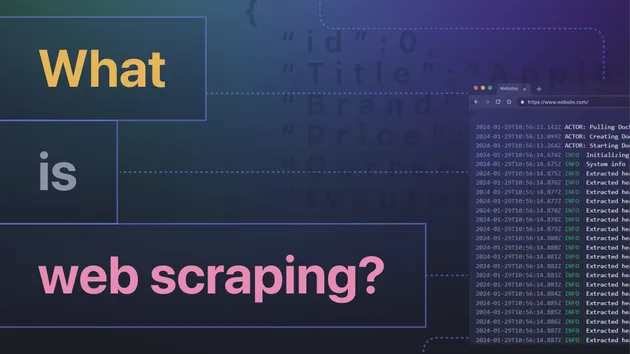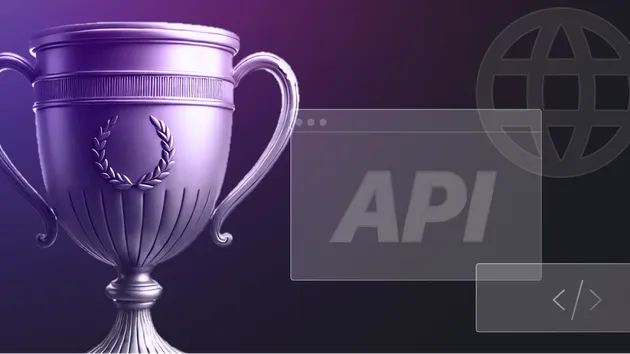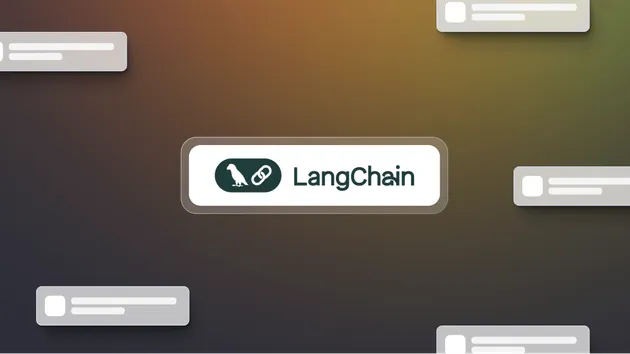Dataset to HuggingFace
Pricing
$5.00/month + usage
Dataset to HuggingFace
Transfers data from Apify datasets to Hugging Face datasets. Bridges web scraping with ML platforms, enabling access to pre-trained models and collaborative tools. Customize transfer limits, streamline ML workflows, and leverage data versioning. Ideal for data scientists and ML researchers.
Pricing
$5.00/month + usage
Rating
0.0
(0)
Developer

AIRabbit
Actor stats
2
Bookmarked
6
Total users
0
Monthly active users
a year ago
Last modified
Categories
Share




